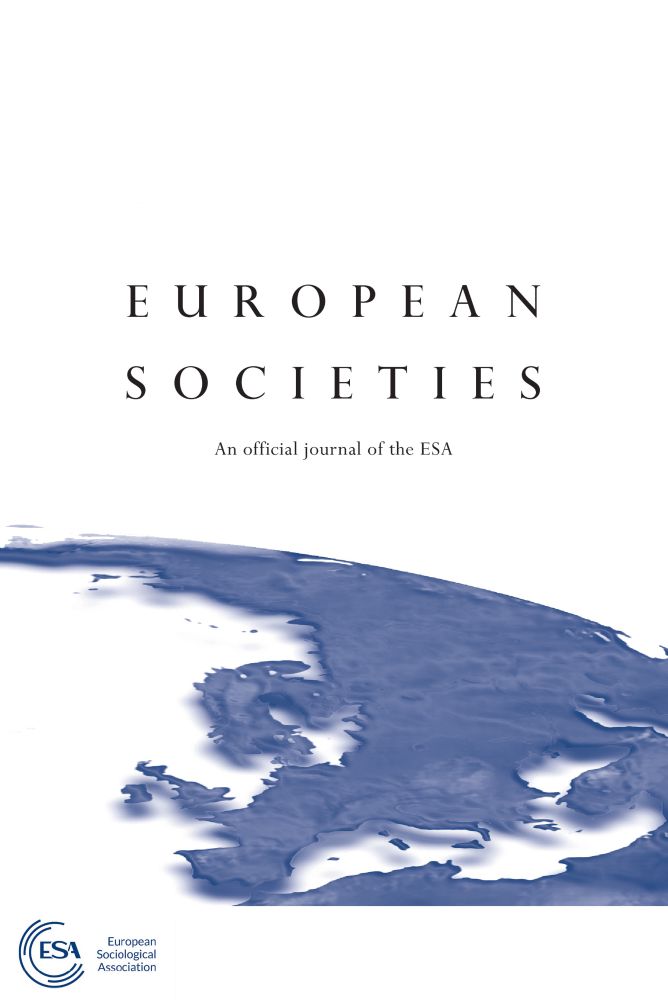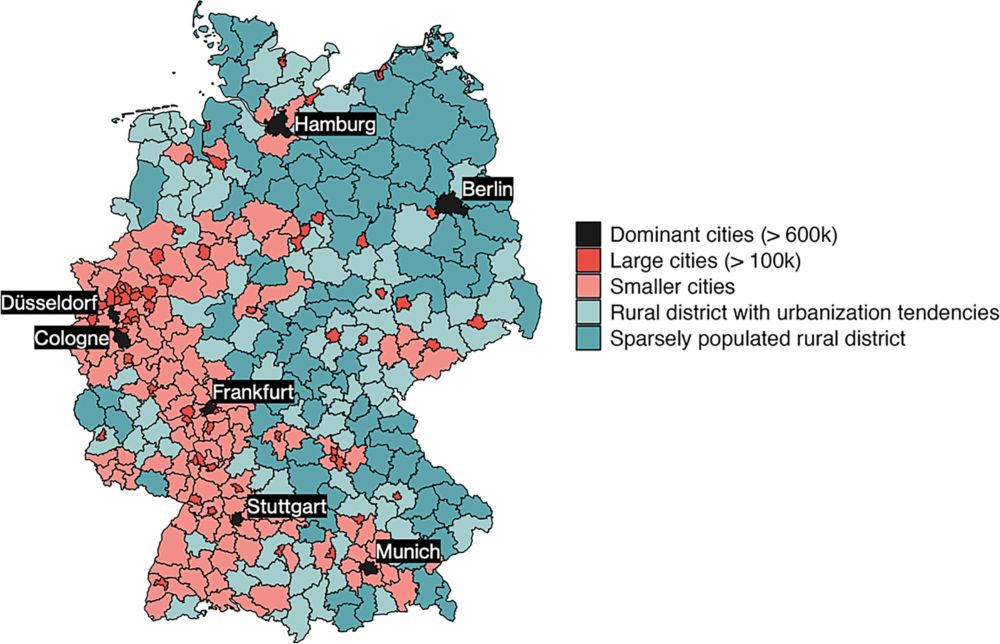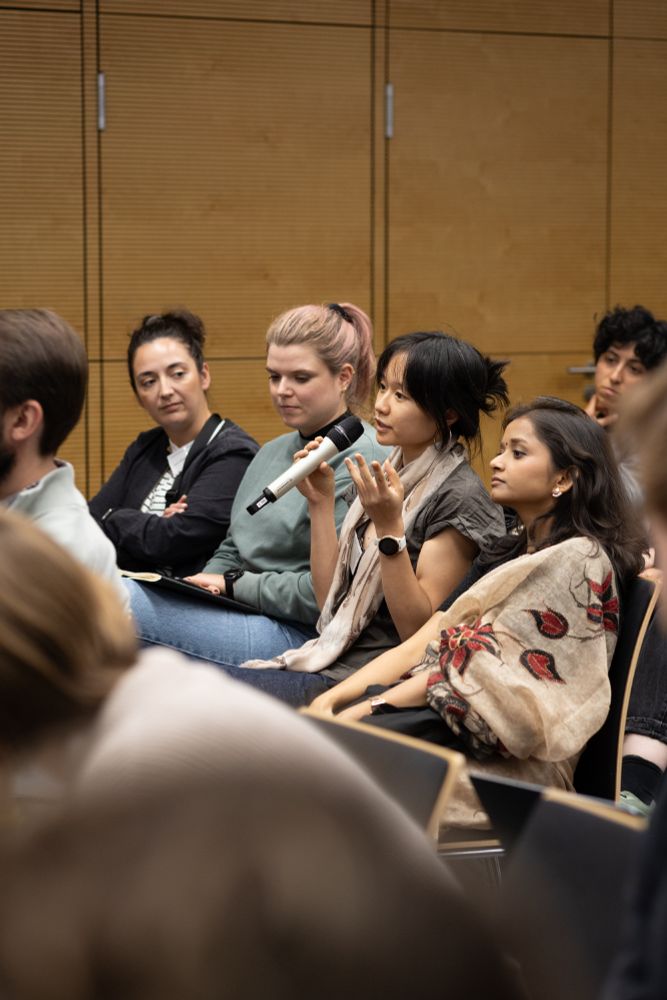Gina-Julia Westenberger
@gjwestenberger.bsky.social
950 followers
120 following
11 posts
Research on spatial inequality, social cleavages & political behavior I
Phd Candidate @University of Lausanne and @Centre_LIVES
Posts
Media
Videos
Starter Packs
Reposted by Gina-Julia Westenberger
Katy Morris
@katymorris.bsky.social
· May 13

Uneven shifts: the geography of occupational change in France, Italy, Spain and the United Kingdom, 1992–2018
ABSTRACT. Amid renewed interest in geographical inequalities in life chances and an ongoing debate about occupational upgrading versus polarisation, we investigate how the occupational structure chang...
direct.mit.edu
Reposted by Gina-Julia Westenberger
Julius Kölzer
@juliusk.bsky.social
· Feb 12

Historische Bundestagswahlergebnisse: So hat Ihr Wahlkreis seit 1949 gewählt
Wo hat die CDU noch nie verloren? Welche Region wählt immer wie Deutschland? Unsere interaktiven Karten zeigen erstmals alle Ergebnisse seit 1949 in heutigen Wahlkreisen.
www.zeit.de











